Buy Self-Injury Assessment and Treatment: Clinical Strategies When Your Clients Answer to Pain Brings More Pain – David G. Kamen Course at GBesy. We actively participate in Groupbuys and are committed to sharing knowledge with a wider audience. Rest assured, the quality of our courses matches that of the original sale page. If you prefer, you can also buy directly from the sale page at the full price (the SALEPAGE link is directly provided in the post).
Salepage link: At HERE. Archive:
$199.99 $61 – Self-Injury Assessment and Treatment: Clinical Strategies When Your Clients Answer to Pain Brings More Pain – David G. Kamen
Whether the behavior is cutting, burning, piercing, starving, purging, head banging, or some other method, self-harming behaviors and the emotions underlying them know no bounds with respect to race, ethnicity, age, socioeconomic class, or gender. Feeling shame and embarrassment, those who engage in self-harm may privately console themselves, or befriend other self-injurious peers – which can further intensify the lethality and suicidal intent of their acts. Studies show that professionals who work with adults and youth who self-injure find it to be one of the most challenging psychological issues to treat.
David Kamen, PhD, will equip you with practical, evidence-based tools to assess and treat deliberate self-harm, along with other co-morbid psychiatric disorders including major depressive disorder, obsessive-compulsive disorder, eating disorders, and substance abuse. Effective triage, coordination of care, and risk-management practices for your work with self-injury patients, their parents, families, and friends will be addressed.
The theoretical and cultural reasons for this epidemic will be explored. Practical approaches that work for individual, group, and family psychotherapy in inpatient, outpatient, school, and community settings will be shared, along with resources to prepare professionals and caregivers to help those who engage in self-injury.
- Implement crisis theory for understanding where your client is when you first meet
- Exlore a simple metaphor to create a four part coping measure for client and caregiver self-inventory
- Analyze the benefits of teaching clients to communicate through the use of metaphors to increase their formal and informal support systems
- Establish a listening and communicating approach that brings core feelings to the surface so clients can deal with the core emotional components of their grief
- Communicate the challenges grief has in a society not supportive of public expression of what is being experienced
- Anticipate ethical conflicts that occur when confronted by grief that create a risk for countertransference
SELF-INJURY DIAGNOSIS AND TREATMENT COORDINATION
- Review the spectrum of self-injurious behaviors
- Epidemiology of adult and youth self-injury
- Triage of self-Injury, including:
- Level-of-care assessment
- Lethality risk- and protective-factor assessment
- Functional behavioral analysis of self-injury
- DSM-5® and ICD-10 diagnostic advances
- Mental status examination
- Identification and treatment of co-morbid disorders
- Treatment planning
- Coordination of care amongst mental health professionals, educators, and healthcare professionals
- Specialized clinical personality and art therapy assessment
COGNITIVE-BEHAVIORAL, NEUROBIOLOGICAL, FAMILY SYSTEMS, AND PSYCHODYNAMIC ASSESSMENT AND TREATMENT APPROACHES:
- Motivational interviewing; development of therapeutic alliance
- Exposure with response prevention to extinguish self-injurious behaviors
- Dialectical behavior therapy tactics
- Coping skills to break the habit of self-injury
- Intersubjective and interpersonal therapeutic communication techniques
- The corrective emotional experience and empathic dialogue
- Exposure and resolution of self-injury defense mechanisms
PROFESSIONAL ETHICS, CASE MANAGEMENT, AND LIABILITY RISK MANAGEMENT
- Review of bioethical and legal risk management principles, including
- HIPAA compliance, duty-to-warn issues; ethical and legal dilemmas
- Tips for:
- Professional self-care
- Peer-to-peer collaboration and supervision, to prevent clinician burnout and vicarious traumatization
REVIEW OF PROFESSIONAL, PATIENT, AND CONSUMER-FOCUSED INTERNET RESOURCES AND APPS FOR:
- Self-injury psychoeducation
- Clinical assessment
- Motivational and therapeutic alliance-assessment
- Mental health case law and professional ethics websites
- Self-monitoring of self-injury thoughts, feelings, and behaviors
- Internet resources that are immediately usable for schools, parents, and clients
- Educational and therapeutic use of social networking sites
- YouTube
- Other
$199.99 $61 – Self-Injury Assessment and Treatment: Clinical Strategies When Your Clients Answer to Pain Brings More Pain – David G. Kamen
Buy the Self-Injury Assessment and Treatment: Clinical Strategies When Your Clients Answer to Pain Brings More Pain – David G. Kamen course at the best price at GBesy.. After your purchase, you will get access to the downloads page. You can download all the files associated in your order at here and we will also send a download notification email via your mail.
Unlock your full potential with Self-Injury Assessment and Treatment: Clinical Strategies When Your Clients Answer to Pain Brings More Pain – David G. Kamen courses. our courses are designed to help you excel.
Why wait? Take the first step towards greatness by purchasing Self-Injury Assessment and Treatment: Clinical Strategies When Your Clients Answer to Pain Brings More Pain – David G. Kamen courses today. We offer a seamless and secure purchasing experience, ensuring your peace of mind. With our trusted payment gateways, Stripe and PayPal, you can confidently complete your transaction knowing that your financial information is protected.
Stripe, known for its robust security measures, provides a safe and reliable payment process. With its encrypted technology, your sensitive data remains confidential throughout the transaction. Rest assured that your purchase is protected.
PayPal, a globally recognized payment platform, offers an additional layer of security. With its buyer protection program, you can feel confident in your purchase. PayPal ensures that your financial details are safeguarded, allowing you to focus on your learning journey.
Is it secure? to Use of?
- Your identity is completely confidential. We do not share your information with anyone. So it is absolutely safe to buy the Self-Injury Assessment and Treatment: Clinical Strategies When Your Clients Answer to Pain Brings More Pain – David G. Kamen course.
- 100% Safe Checkout Privateness coverage
- Communication and encryption of sensitive knowledge
- All card numbers are encrypted using AES at relaxation-256 and transmitting card numbers runs in a separate internet hosting atmosphere, and doesn’t share or save any data.
How can this course be delivered?
- After your successful payment this “Self-Injury Assessment and Treatment: Clinical Strategies When Your Clients Answer to Pain Brings More Pain – David G. Kamen course”, Most of the products will come to you immediately. But for some products were posted for offer. Please wait for our response, it might take a few hours due to the time zone difference.
- If this happens, please wait. The technical department will process the link shortly after. You will receive notifications directly by e-mail. We appreciate your wait.
What Shipping Methods Are Available?
- You will receive a download link in the invoice or YOUR ACCOUNT.
- The course link always exists. use your account to login and download the Self-Injury Assessment and Treatment: Clinical Strategies When Your Clients Answer to Pain Brings More Pain – David G. Kamen course whenever you need.
- You only need to visit a single link, and you can get all the Self-Injury Assessment and Treatment: Clinical Strategies When Your Clients Answer to Pain Brings More Pain – David G. Kamen course content at once.
- You can do your learning online. You can be downloaded for better results and can study anywhere on any device. Make sure your system does not sleep during the download.
How Do I Track Order?
- We always notice the status of your order immediately after your payment. After 7 days if there is no download link, the system will automatically complete your money.
- We love to hear from you. Please don’t hesitate to email us with any comments, questions and suggestions.
![GBesy [GB] GBesy [GB]](https://www.gbesy.com/wp-content/uploads/2023/05/gbesy-Logo-full-100.png)




























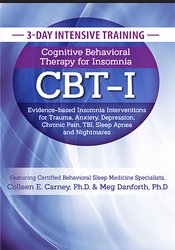








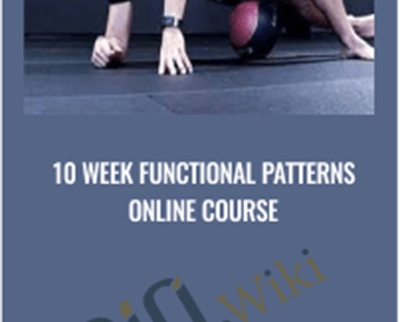

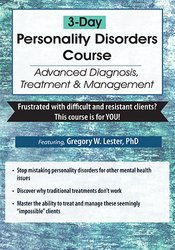






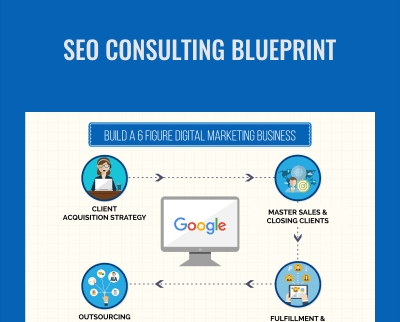






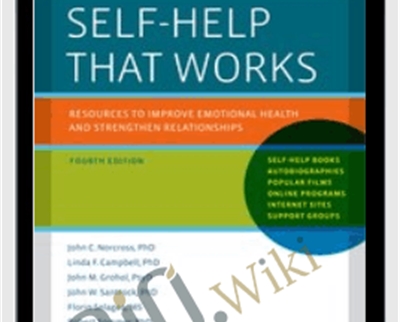











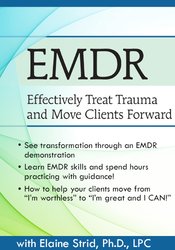
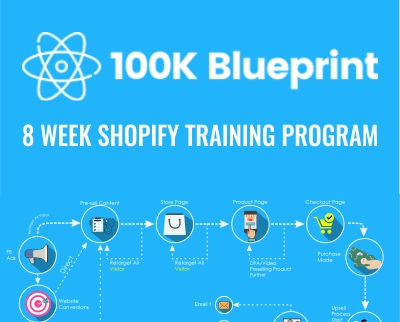







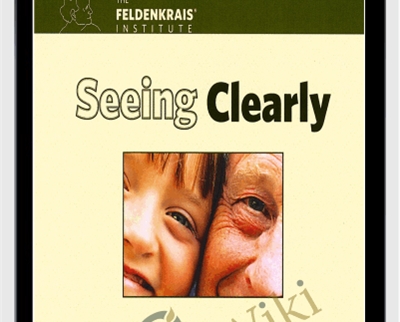


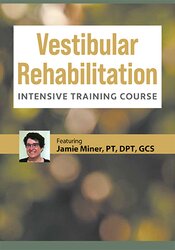



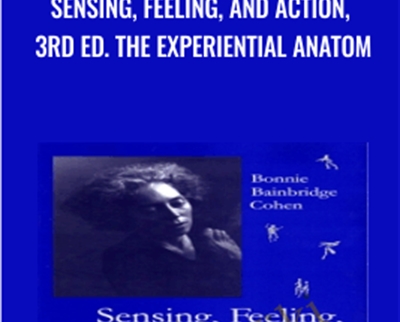
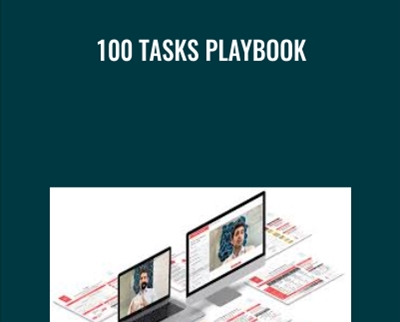





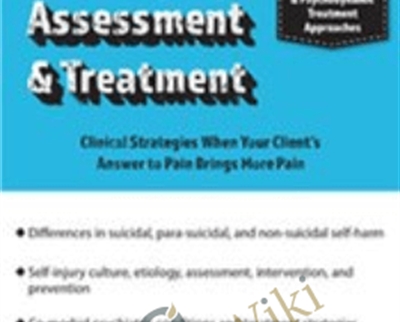


 Purchase this course you will earn
Purchase this course you will earn 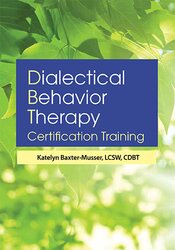

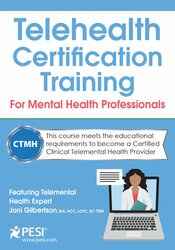

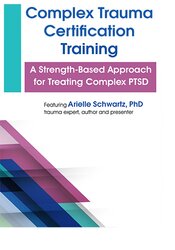
Reviews
There are no reviews yet.